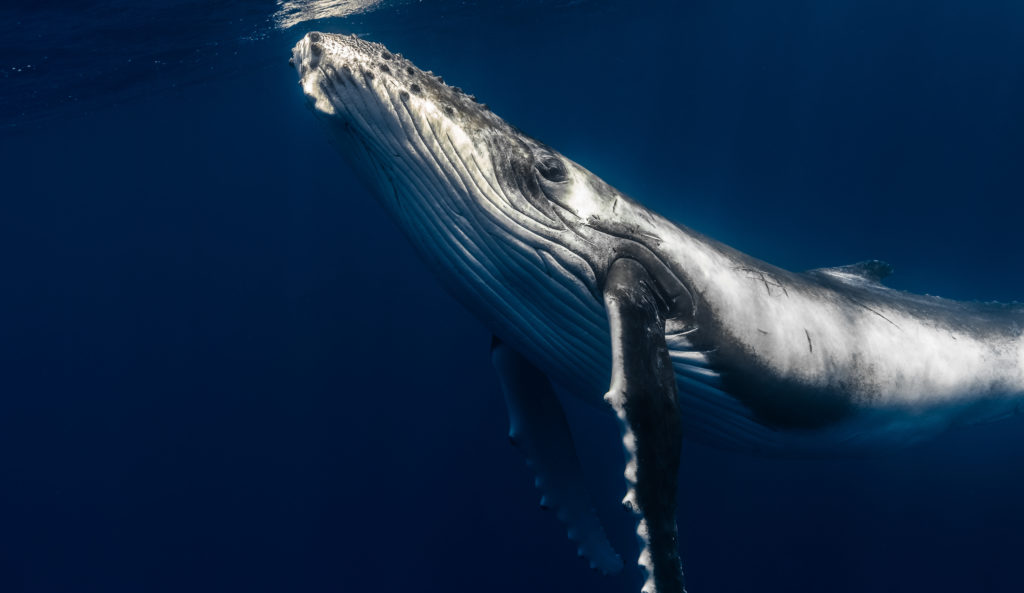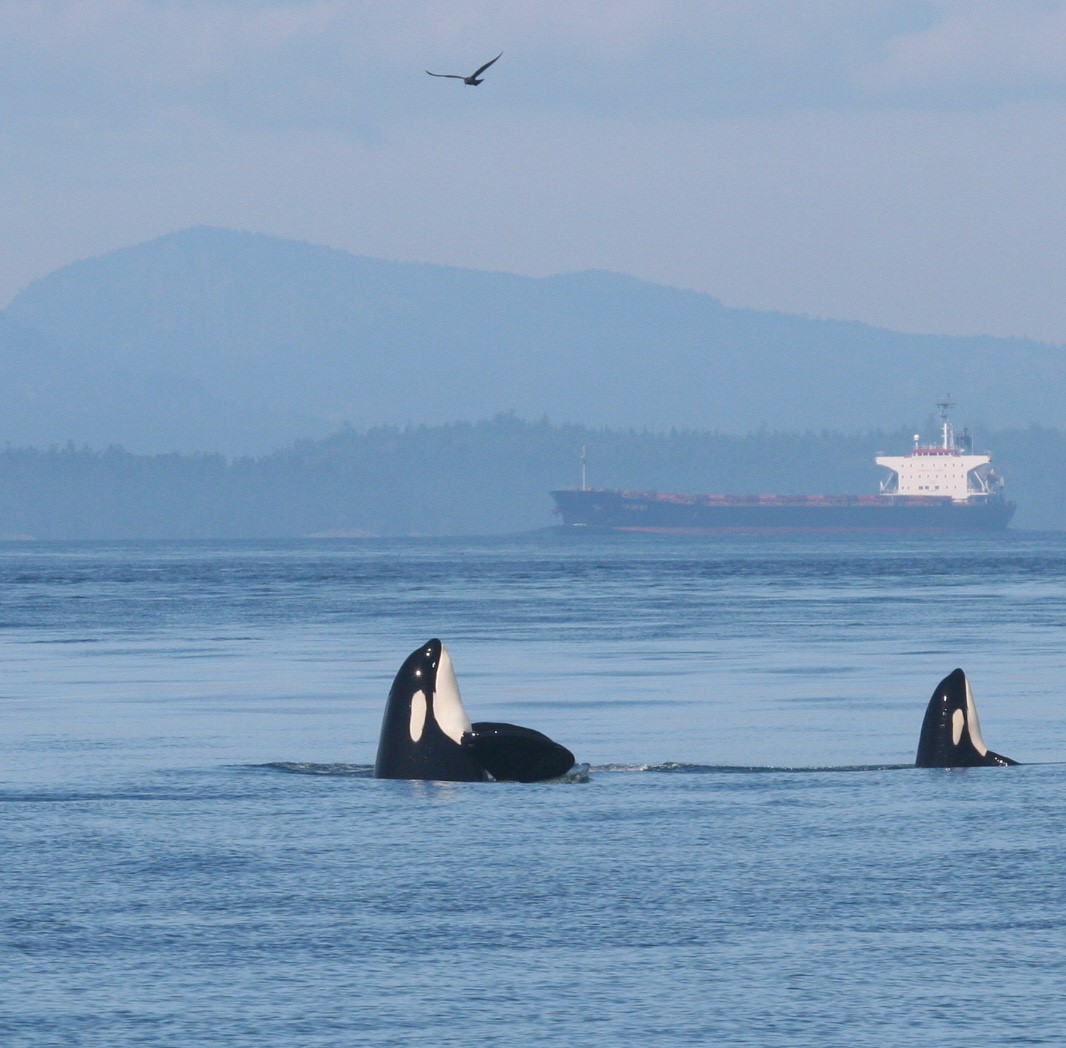The need for action on underwater noise pollution is loud and clear
The natural soundscape of our oceans — waves, wind, the musical vocalizations of whales and other rhythms of marine life — are being drowned out by human-made noise. We asked Hussein Alidina, WWF-Canada’s lead specialist for marine conservation, about underwater noise pollution and why it’s critical that Canada act now to turn down the volume.
If you agree, raise your voice for quieter oceans and a strong Ocean Noise Strategy today.

Most of us are familiar with air and water pollution, but not underwater noise pollution. Can you explain what it is?
To put it simply, a pollutant is something that is introduced into the environment in greater concentrations than what is found naturally — and causes harm. While we often associate pollution with chemical compounds, human-made noise, while not a chemical, is something that is introduced in the marine environment and has negative consequences.
In an acute form, excessively loud noises can damage animal hearing, Constant and pervasive noise acts like a thick smog, that settles over the natural soundscape and interferes with how marine life sense and use sound for survival.
What kind of marine life are most affected by underwater noise?
We suspect most marine life — from tiny shrimp to massive blue whales — is impacted by underwater noise pollution in some way because of their reliance on sound to sense their environment, navigate, find food, avoid predators or communicate. Cetaceans (whales and dolphins) are some of the more studied marine animals when it comes to underwater noise pollution, so we know a lot more about the effects on them. Researchers are now also turning their attention to fish and invertebrates.

How does underwater noise harm marine life?
Excessively loud sounds, like seismic blasts used for oil and gas exploration, can cause damage to the hearing organs of cetaceans and result in temporary or permanent hearing loss. More continuous or chronic noises can mask communication and the ability of animals to hear and avoid danger. This may put whales at greater risk of ship strikes or separation from their calves or pod.
Underwater noise can also compromise the ability of whales that use echolocation to map their environment and find food. Noisy environments have been documented to increase stress hormones in some baleen whales.
What are the main sources of underwater noise?
Most human activities on or in the water generate noise. Some of the main sources of underwater noise pollution are marine vessels, seismic surveys that involve blasting louds sounds into the ocean to map the sea floor, sonar, construction and underwater operations such as deep-sea mining, and oil and gas extraction and processing.
Where is underwater noise pollution happening in Canada?
Everywhere there is human activity on or under the water, there is noise pollution. Noise also travels, so while it may be generated in one place, its effects can be felt hundreds or even thousands of kilometres away.
Noise levels are already high in places like the Salish Sea, Gulf of St. Lawrence, Bay of Fundy, and areas off the eastern seaboard where there is active oil and gas exploration and production. In comparison, the waters of the Arctic and northern B.C. are relatively quiet currently but are bracing for increases in shipping and industrial activity. In just seven years, the amount of underwater noise in the Arctic Ocean has doubled because of shipping traffic.
How much noise is too much noise?
We’re concerned about not only the volume of noise, but its duration and nature. For example, sudden loud sounds from seismic blasts or pile driving effect wildlife differently than continuous sounds. Scientists have been able to define noise thresholds for marine mammals at which point there is temporary or permanent hearing loss and, in some instances, behavioral change. But it is harder to understand and set limits for chronic noise exposure.
What are some ways we can reduce or manage noise levels?
Technology can help us manage noise. For example, modifying and retrofitting propellers or using bubble curtains around pile driving and construction. We also know that operational measures such as slowing down ships can reduce noise output. While technology helps, critical or sensitive habitats should be off-limits to intense noise generating activities.
Canada is working on a national ocean noise strategy. What do you hope to see?
A national plan should include noise reduction targets, thresholds, and mechanisms for monitoring and enforcement. It should also target activities we know have a disproportionate effect on soundscapes and prioritize safeguarding protected ocean areas and key habitats for at-risk species.
We also need to focus on both restoring and preserving natural soundscapes. In places where human-made noise already dominates, it is imperative that we set targets for noise reduction. And in areas that are just beginning to experience the rapid development of industrial projects and marine transportation networks, it’s equally important that we prevent noise levels from ever reaching thresholds that harm marine species and their habitats.
Why is action needed now?
If you listen to the signs, they are loud and clear. Some parts of the ocean are more than a hundred times louder than they would be naturally. The effects of underwater noise pollution are already visible in well-studied marine mammals and increasingly documented in a myriad of fish, invertebrates and other species.
With human activity on the ocean continuing to intensify, there’s no time to waste. If you agree, raise your voice for quieter oceans and a strong Ocean Noise Strategy today.


